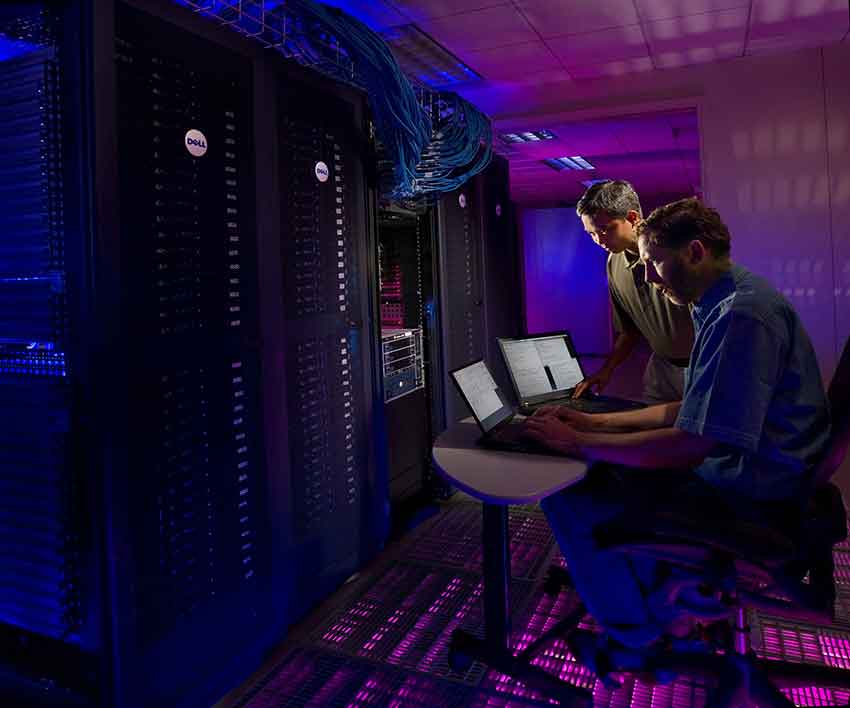As businesses rely more and more on technology, downtime in their data centers can be disastrous. A single minute of unplanned downtime can cost a company thousands of dollars, and even worse, it can damage its reputation with customers. Maximizing uptime is crucial to ensuring high availability in a data center, and it requires careful planning, implementation, and monitoring.
1. Choose the right location
One of the most important decisions you’ll make is where to locate your data center. Ideally, it should be located in an area that’s not prone to natural disasters like earthquakes, floods, or hurricanes. Additionally, it should have easy access to power and telecommunications infrastructure. When selecting a location, also consider the cost of real estate, taxes, and other expenses.
2. Invest in redundant systems

Source: axiomq.com
Investing in redundant systems is one of the most effective ways to maximize uptime. This means having backup systems in place in case your primary systems fail. For example, you might have redundant power supplies, servers, network switches, and storage arrays. Redundancy also means having multiple paths for data traffic, so that if one path fails, traffic can be routed through another path.
3. Use virtualization
Virtualization is the process of creating a virtual version of something, such as an operating system, a server, or a storage device. By using virtualization, you can create multiple virtual machines that can run on a single physical machine. This not only saves space and reduces power consumption, but it also makes it easier to move virtual machines around as needed, which can be helpful in the event of a failure.
4. Implement effective monitoring
Monitoring your data center is critical to ensuring high availability. You need to be able to detect problems as soon as they occur, so you can take action to prevent downtime. This means monitoring everything from power usage to temperature to network traffic. You should also have monitoring tools that can alert you to problems via email or text message.
5. Use a data center UPS

Source: upssystems.co.uk
A data center UPS (uninterruptible power supply) is a device that provides emergency power to a data center in the event of a power outage. It’s essentially a large battery backup that can keep your data center running for a short period of time until backup generators can kick in. A UPS is essential for ensuring high availability in your data center, as it can prevent its loss and damage to hardware.
6. Have a disaster recovery plan
Even with the best systems in place, disasters can still happen. That’s why it’s important to have a disaster recovery plan in place. This should include a plan for restoring data, hardware, and applications in the event of a disaster. It should also include a plan for communicating with employees, customers, and other stakeholders.
In conclusion, maximizing uptime is crucial for ensuring high availability in your data center. It requires careful planning, implementation, and monitoring, as well as the use of redundant systems, virtualization, effective monitoring, regular maintenance and testing, a data center UPS, and a disaster recovery plan. By following these tips, you can minimize downtime and keep your data center running smoothly.



